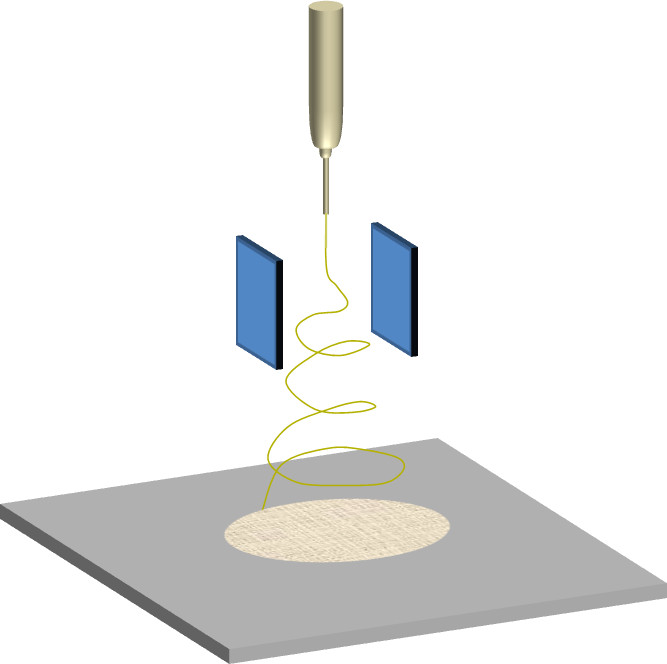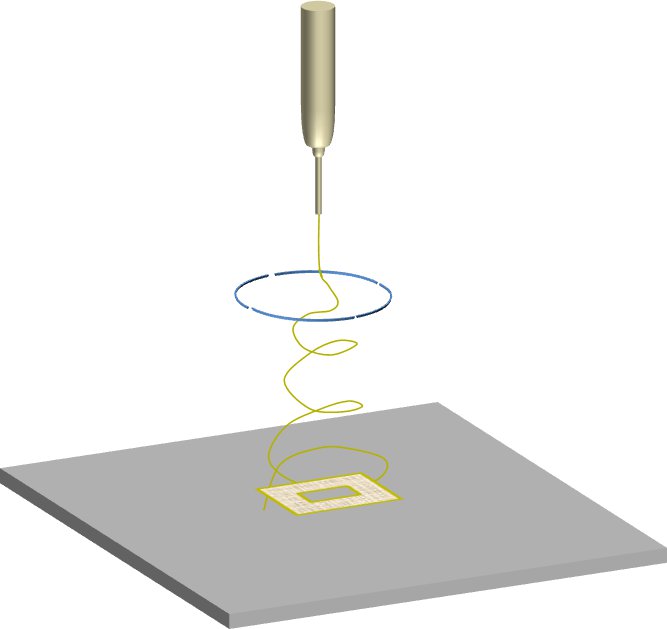▼ Reference
- Arras M M L, Grasl C, Bergmeister H, Schima H (2012) Electrospinning of aligned fibers with adjustable orientation using auxiliary electrodes. Sci. Technol. Adv. Mater. 13, 035008. Open Access
- Bellan L M, Craighead HG. (2006) Control of an electrospinning jet using electric focusing and jet-steering fields. J. Vac. Sci. Technol. B 24 pp. 3176.
- Karlsson A, Bergman H, Johansson S. Active real-time electric field control of the e-jet in near-field electrospinning using an auxiliary electrode. Journal of Micromechanics and Microengineering 2021; 31: 035001 Open Access
- Kim G H, Yoon H, Lee H N, Park G M. Polycarprolactone Ultrafine Fiber Membrane Fabricated Using a Charge-reduced Electrohydrodynamic Process. Macromolecular Research 2009; 17: 533.
- Nurfaizey A H, Stanger J, Tucker N, Buunk N, Wood A R, Staiger M P. Control of Spatial Deposition of Electrospun Fiber Using Electric Field Manipulation. Journal of Engineered Fibers and Fabrics 2014; 9: 155. Open Access
▼ Credit and Acknowledgement
Author
Wee-Eong TEO View profile
Email: weeeong@yahoo.com
 ElectrospinTech
ElectrospinTech

